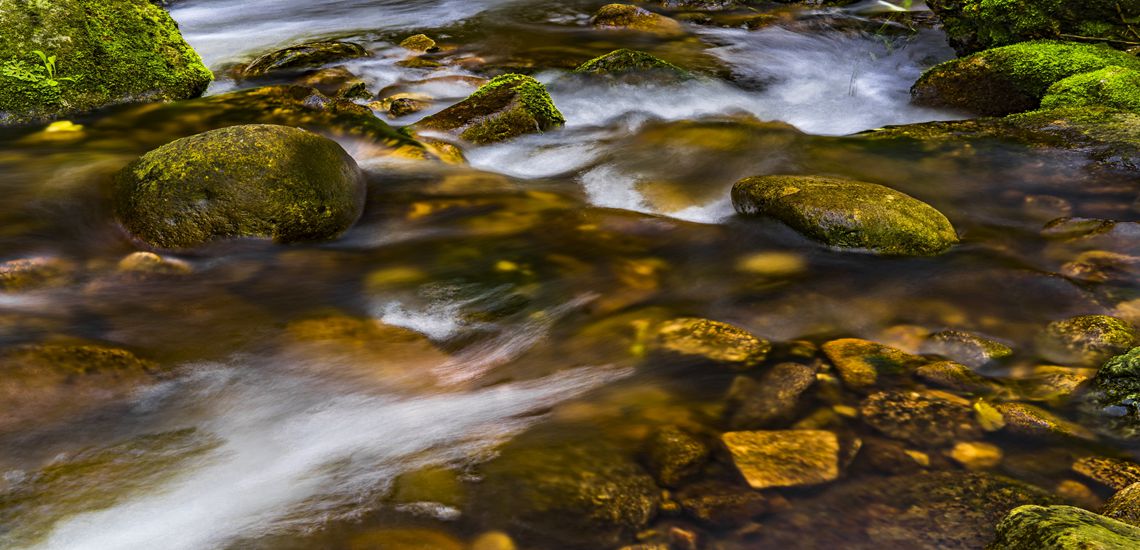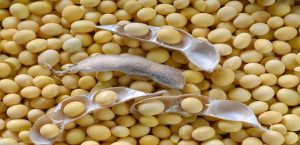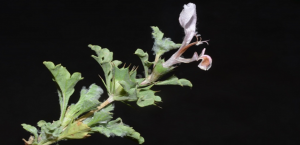Abstract:
Climatic changes are more intense in Himalayan region, and they have already altered the hydroclimatic balance, tree growth trend and plant distribution patterns. Dendrochronological studies include tree ring records as high resolution proxies for investigating response of climatic changes in tree radial growth. Tree rings from Himalyan region are highly important which is associated with diverse climate v
Environmental contamination by pollutants such as chromium (VI), nickel (II), copper (II), and iron (II) is a significant concern due to its adverse effects both on groundwater and surface water quality. The sources of pollution from these pollutants include natural processes (weathering of rocks) and anthropogenic activities (discharge of industrial effluents). Some of these contaminants may coexist naturally or artificially due to certain physicochemical properties. The principal goals of this study were to identify low-cost microbial species and improve their physicochemical properties (functionalities) for the effective treatment of environmental pollutants. Consequently, Chlorella vulgaris (Green algae), and Spirulina platensis (Cyanobacteria) biomasses were utilized for the removal of Cr (VI), Cu (II), Fe (II), and Ni (II) from water in single, binary and quaternary systems.
Microorganisms such as algae play important roles as alternative biosorbents to high-cost commercial activated carbons (ACs) for purposes of green environmental remediation technology.
The surface modification of biomaterials could significantly enhance their adsorptive properties, such as surface area, and improved functional groups, thus promoting the effective removal of pollutants from water. As a result, the algae biomasses were chemically modified using acidic and alkaline surfactants before the water treatment. The modified Chlorella vulgaris (Green algae) and Spirulina platensis (Cyanobacteria) biosorbents were utilized for the treatment of the four pollutants from water under optimized conditions. The evidence showed that both acid and alkaline surfactants played a critical role in the enhancement of the surface properties of the biomass. The BET surface area for Chlorella vulgaris (CV-H2SO4) and Spirulina platensis (SP- H2SO4) were 8.125 and 11.215 m2/g respectively. The optimum removal for Cr (VI) and Fe (II) was 100% for both biosorbents at 25 oC and pH 6 and 3, respectively. Also, the Chlorella vulgaris and Spirulina platensis biosorbents after the alkaline modification using KCl and Na2CO3 were utilized to investigate the simultaneous removal of the four pollutants in binary systems. The evidence showed that competitively, the maximum removal of Cr (VI), Cu (II), Fe (II), and Ni (II) was 99.7% (25 oC) with a biosorbent dosage of 0.3 g within the pH range of 2 to 6. The maximum biosorption capacities were 14.1, 10.6, 21.6, and 17 mg/g for Cr (VI), Cu (II), Fe (II), and Ni (II) respectively. In summary, the evidence from this work demonstrated that the modified algae biomass had good potential for the efficient removal of environmental contaminants, particularly Cr (VI), Fe (II), Cu (II), and Fe (II). The application of alkaline and acidic surface modification surfactants for the improvement of the adsorptive properties of the algae biomass. The findings also established the optimized conditions for maximum removal and effective recovery of the pollutants.
Speaker: Dr. Baba Imoro Musah
Affiliation: XTBG
Time: 4:30 PM, Tuesday, Jan.17, 2023
Venue: ZOOM 会议平台 会议 ID:312 430 8960 会议密码 PWD:666666
ZOOM
会议 ID:312 430 8960
会议密码 PWD:666666



